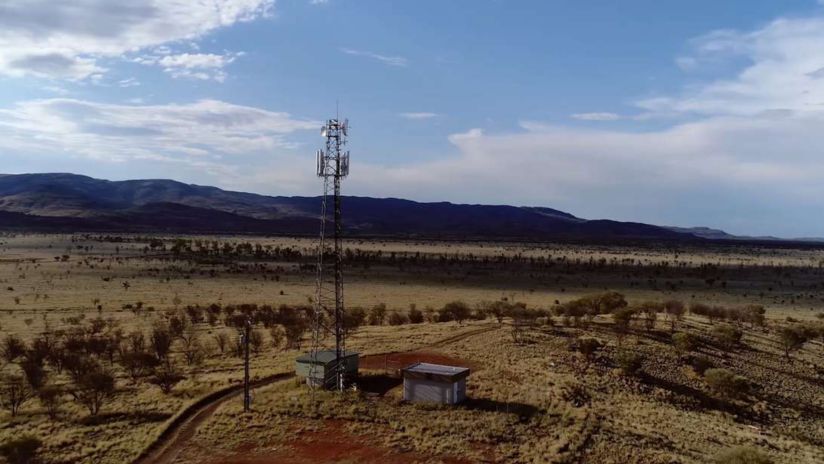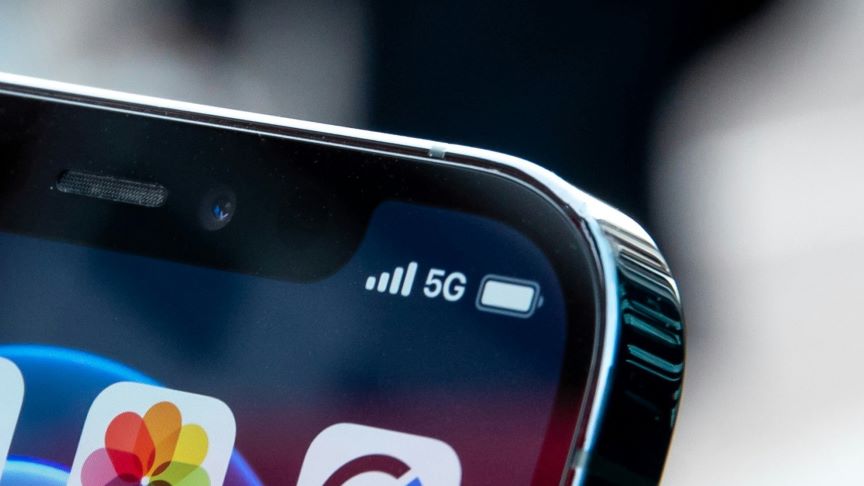The year ahead for regional connectivity: how we’re improving mobile connectivity and coverage in Regional Australia
When you’re out bush, having the right gear is vital. That includes strong communications, backed by Australia’s best network, so that whether you’re running around or running a business, you can stay connected. We’ve announced funding for a number of projects for regional Australia that will continue to bring coverage to even the most far-flung areas.

In the last 12 months, connectivity has become more than just a nice-to-have for your social media and entertainment streaming needs. It’s a must-have. It’s essential for participating in the digital economy, healthcare, education and more.
Following a blistering shift to online services, we need to ensure that nobody gets left behind. That’s why we’re investing millions to bring regional and remote communities into the connected fold.
As part of the Federal Government’s Regional Connectivity Program, we’ll be delivering 30 new projects into regional and remote Australia at a cost of $54 million in joint funding. These projects include everything from new towers to improved high-speed broadband services.
By the numbers, we’re investing almost $16 million, together with $26 million from the Australian Government and over $13 million from state and local governments to help improve connectivity and communications around regional and remote Australian communities.
Update: 16 June, 2021
We’ve committed to co-fund the delivery of another 42 projects under the second tranche of the Federal Government’s Regional Connectivity Program. This brings our partnership with the government on the RCP to a total of 72 sites and more than $24 million from us. These projects include investment in new mobile towers and delivery of improved high-speed broadband services in areas which need it the most.
It’s partnerships like this and the significant investments we’re making in regional areas that will help all Australians participate fully in the digital economy. Over the next few years, we’ll be running upgrade projects as part of the RCP across the following locations.
Phase One
New South Wales:
- Tooma
- Mossgiel
- Oxley
- Northern Territory:
- Arnhem
- Queensland:
- Lake Moondarra
- Mornington Island
- Dajarra
- Aurukun
South Australia:
- Far North South Australia region
- Ernabella
Tasmania:
- King Island
- Tasmanian schools
- Jericho
Victoria:
- Eastern Victoria region
- Toongabbie
- Broughton
- Lascelles
- Halls Gap East
- Cabbage Tree Creek
- Gipsy Point
- Kobyboyn
- Gazette
Western Australia:
- Bidyadanga
- Coral Bay
- Caiguna
- Cocklebiddy
- Condingup
- Cave Point Lighthouse
- Cygnet Bay
- Greenbushes-Boyup
Phase Two:
Northern Territory:
- Ampilatwatja Community
Queensland:
- Palm Island
- Palm Island North
- Cow Bay
- Mt Coolon
South Australia:
- Mintaro
Tasmania:
- King Island
- Tasmanian schools
- Jericho
Victoria:
- Mount Stanley
- Rennick
- Euroa North
- Avenel
- Avenel South
- Fryerstown
- Nyora
- Berriwillock
- Bridgewater
- Ecklin South
- Halls Gap
- Tawonga South
- Mallee Highway Walpeup To Ouyen
- Scotts Creek
- Corack
Western Australia:
- Coolup West
Improving connectivity in regional and remote Australia is challenging and expensive, so it’s great to have the support of local, state and the Federal government to make the experience better for everyone.
We’ve got the largest network in Australia, with over 10,700 mobile base stations that cover over 2.5 million square kilometres. That’s 99.5 per cent of the Australian population, and in many parts of the country, we’re the only game in town.
Along with our work as part of the Federal Government’s Mobile Black Spot program and our own announcements this week that see us add $150 million over the next 12 months, followed by a $200 million co-investment fund to develop regional connectivity, we’re excited to bring more communities into the 21st century with a network that is second-to-none.


